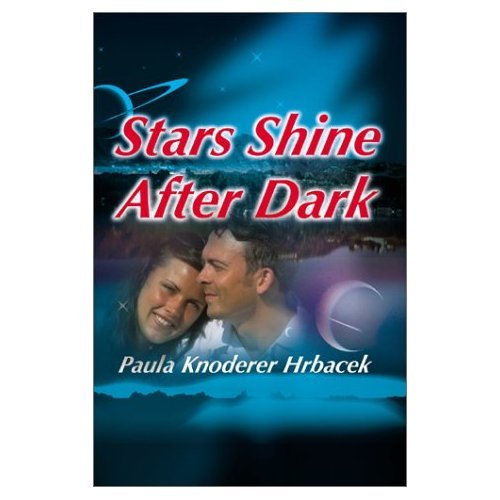Write a review like a teacher grades an essay, reposted from @PHrbacek
By tweeting this syndicated post, you can earn promotional tweets from me as part of the Amazon Tweet Exchange.
Details here.
Details here.
 |
| Cover links to Amazon.com |
Several discussions by authors on Linked In and Good Reads are discussing how difficult it is to get someone to write a review of their book. There seems to be the idea that the reader isn’t qualified to make an assessment. But, really, it’s not all that hard. Just think of it like grading a high school English paper.
A teacher uses something called a Rubrik to grade papers. It’s a chart. On the left side, going up and down, is a list of the things the teacher wants the student to accomplish. To the right of that are spaces where the teacher can give them points on how well they did each of those things. A review can be written the same way.
Grammar, spelling and proofreading. This is how well the sentences are written. If it is hard to understand for any reason, then a point of two can be subtracted from this score. If it has a lot of typos (most self-published books have four or five, so a few shouldn’t count) then a point can be subtracted for that. If it uses words that are too big for you to understand, a point can be subtracted, too. If you found it to be easy to read and understand, then give the author all five points.
Compelling. This means that the story made you want to keep reading it. If you couldn’t put it down, it gets all five points.
Engagement. This means that the author made you feel that you were there. You could see the places and people in your head. You felt like you were listening to a real conversation. If the dialog is stilted, or there wasn’t enough description, a point or two can be subtracted. If you felt like you just took a vacation, or made a new friend, then give the author all five stars.
Ethics, moral values and politics. Authors have a message inside what they write. If you agree with that message, then give the author the points. But if you felt the sex was too casual, or their statement about a political issue wasn’t right, or their portrayal of an ethnic group was biased, then subtract a few points.
Industry standards. Compared to the best book you’ve read in the same genre, how well did this book meet the standards set for that genre? Don’t compare science fiction to romance, but compare it to another science fiction book. Did the book give you what you expected to get?
Each of these items is given points with five being an A, and one being an F. That’s right, give it a grade. Then, average all the grades to get the overall star value for the entire work. Five stars is an A, four stars is a B, three is a C, two is a D, and one is an F.
Now you know how many stars to give a book. Five means excellent. Four means it has a few flaws. Three is OK. Two means you don’t recommend it. One means it should never have been published.
After that, all you have to do is make a few of the most important comments about why you gave or subtracted points from the book. Tell other readers what you liked the most, and what, if anything, disappointed you. Your statements can be as long or as short as you wish. Just remember that opinions are not right or wrong, they are just valid or unjustified. To be valid, an opinion must be based upon the facts. If you can give some facts that back up your opinion, then your opinion is valid. If two opposite opinions are both based on facts, even if the facts are different, then both opinions are equally valid.
No one expects a review to be a professional opinion. In fact, most authors are hoping for the opinion of a typical reader. They want to know how well they did so that they can do a better job the next time. They want to know if they reached their goal of offering you a pleasant read.
Let them know. Please take the time to post a review.
